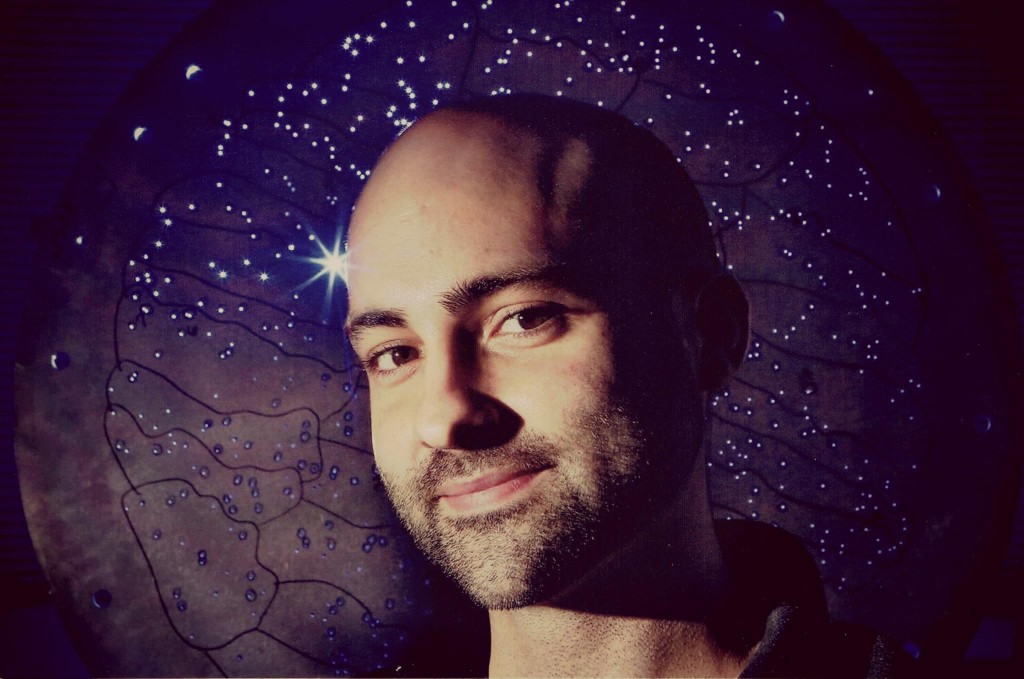The end of the time is a topic that has gripped philosophers, theologians and everyone in between since the beginning of recorded time.
Today on The Academic Minute, frequent contributor Paul Matthew Sutter, astronomer and physicist at Ohio State, details the likely conclusion of our universe.
Dr. Paul Matthew Sutter is the INFN Fellow in Theoretical Physics at the Astronomical Observatory of Trieste and Visiting Scholar at Ohio State University. Paul received his Ph.D. in Physics at the University of Illinois in 2011, and spent three years at the Paris Institute of Astrophysics. He now splits his time between Trieste, Italy, and Columbus, Ohio. He recently debuted his #AskaSpaceman podcast [AskASpaceman.com] and would love to hear from you with astronomy questions. Like him on Facebook and follow him on Twitter.
The End of the Universe

How will it all end? The question has haunted thinkers for millennia.
But now, new astronomical research has led to a timeline of the future history of the universe. We don’t yet have the full picture, of course, but the basic story goes like this:
In a mere 5 billion years the sun will run out of hydrogen and begin its death throes. The earth will almost certainly be destroyed in the process.
Within 100 billion years, the expansion of the universe will carry all but the closest galaxies beyond the reach of observations.

After a trillion years or so, there won’t be enough hydrogen gas left to make new stars. The universe will slowly get dimmer as the remaining stars deplete their supply.
100 trillion years from now, all stars will burn out, leaving only remnants: white dwarfs, neutron stars, and black holes.
Protons and neutrons may not be entirely stable: within 10^40 years they may decay to more fundamental particles.
If Hawing Radiation is correct, black holes themselves dissolve after about 10^100 years.
All that remains after that is a sea of subatomic particles, like electrons and neutrinos, and radiation, slowly cooling towards absolute zero, forever.
It’s called “heat death”. There may be other possibilities, but this is the most likely scenario.
It’s a little depressing, but at least we have a few billion years to prepare.

